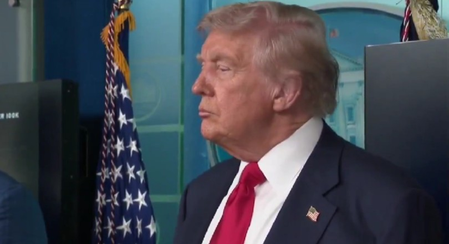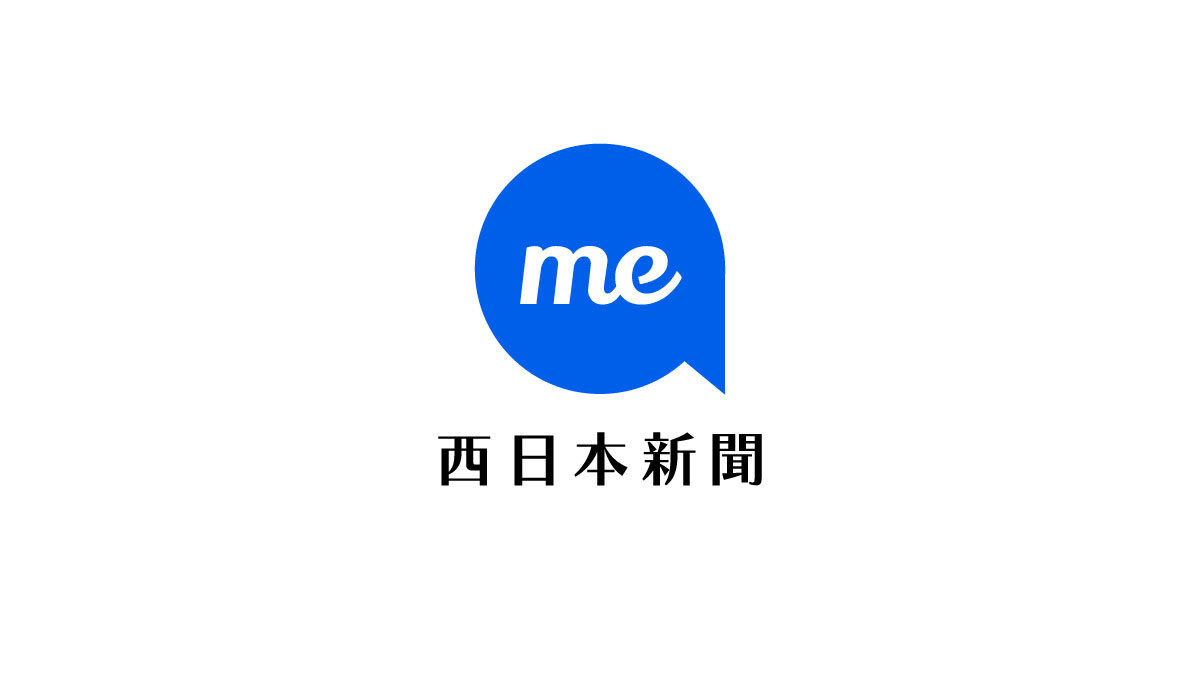US President Donald Trump on Saturday, 20 September, once again asserted that it was he who stopped the four-day military conflict between India and Pakistan in May through trade. Since 10 May, when Trump announced on social media that India and Pakistan had agreed to a full and immediate ceasefire after a long night of talks mediated by Washington, he has repeated this claim over 40 times.
India, on its part, has miserably failed in handling this matter and made it worse by repeatedly denying Trump the credit, making the POTUS look like a liar. The consequences of this are there for all to see.
First came the humiliating remark from Trump that the Indian economy was dead. Then, steep tariffs of 50 per cent on Indian goods entering the US were imposed, including a 25 per cent tariff on buying Russian oil and arms. These tariffs were among the highest for any country. Even China, which is the biggest buyer of Russian oil, faces a lower tariff than India.
Of course, this was only expected since China, unlike India, enjoys enormous economic, geopolitical, and strategic clout. It would be too risky for America to bully China the way it does India or any other country.
As if these punitive actions weren’t enough, the Trump administration has now decided to hit Indians where it hurts most. The shocking move to hike the fee for H1B visas—from a previous range of $2,000 to $5,000 to a whopping $100,000 (approximately Rs 88 lakh)—is going to significantly impact skilled Indian professionals in the US, especially the hordes of software engineers hired by tech giants including the FAANG companies: Facebook (now Meta), Amazon, Apple, Netflix, and Alphabet (formerly Google).
Of all the H1B visa holders, a majority—about 70-71 per cent—are Indians. Over the last five years (from 2020 to 2024), about 2.1 million H1B visas were approved by the US Citizenship and Immigration Service (USCIS). Of those, approximately 1.48 million were issued to Indians.
Even as the White House has clarified that the new fee of $100,000 will be applicable only to new applicants and is a one-time fee, it’s unlikely that US companies, which pay this fee to attract highly skilled people from across the world, will continue employing H1B visa holders at such a high expense.
In all likelihood, the visas of existing holders may not be renewed, while US firms will, going forward, hesitate to hire Indians or other immigrants on that status.
The $100,000 H1B fee is a signal, not just a policy. It reflects US politics shifting toward protecting domestic workers at any cost—even if it hurts foreign talent or US tech firms. Those surprised by this move perhaps couldn’t see the writing on the wall.
Throughout his presidential campaign, Trump promised his MAGA (Make America Great Again) base that their jobs can no longer be taken away by illegal aliens. There is indeed growing discontent among white Americans about their jobs going to immigrants.
This is especially concerning for Indians as they are the ones in direct competition with white Americans when it comes to white-collar jobs, whereas blue-collar jobs are mostly taken by Muslim, Black, and Hispanic immigrants.
The Trump administration’s H1B shocker has lessons for both Indian professionals and policymakers.
For professionals, the overdependence on H1B visas has turned out to be their undoing. Indians desperately need to do two things:
1. Skill up beyond the mid-level IT roles and move into areas where the US has a genuine talent crunch—such as advanced AI, semiconductor design, and cybersecurity.
2. Diversify their options and consider Europe, Canada, and Australia for career opportunities.
However, these places are also gradually hardening their stance on immigrants, including Muslims and Indians. Anti-immigrant movements are picking up in almost all Western countries, thereby limiting the scope for Indian techies to be choosers.
Among the alternatives is Japan, which could welcome Indian techies. A recent Japan-India government-level agreement signed early in 2025 incorporates a human resource exchange program for the IT and manufacturing sectors, which could be exploited in the future.
Instead of teaching Hindi, Indian schools could be encouraged to teach Japanese and Mandarin as language options.
For Indian policymakers, it is important to strengthen the country’s own tech and research ecosystem so that the cream of talent isn’t forced to go abroad for greener pastures.
As US barriers rise, highly skilled Indians may return home. India should prepare policies and start building infrastructure that will help absorb this talent pool.
America’s recent aggressive posturing towards India reflects the failure of New Delhi’s foreign policy apparatus. Its flawed understanding of Trump and misdirected policy of cozying up to authoritarian regimes at the cost of the democratic world are costing ordinary Indians in unprecedented ways.
The future could get bleaker.
https://www.orissapost.com/cost-of-ineptness/



